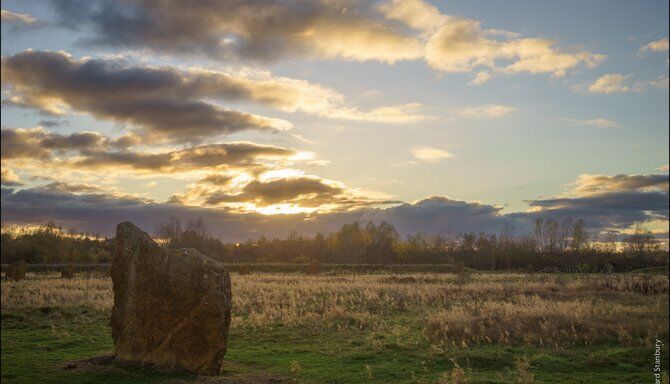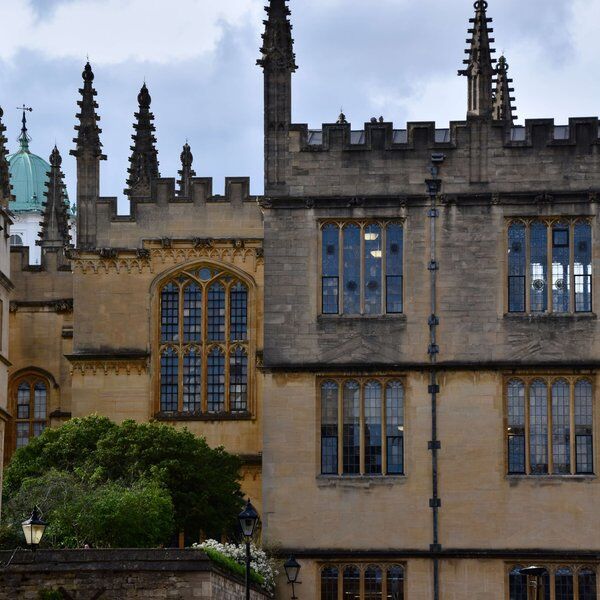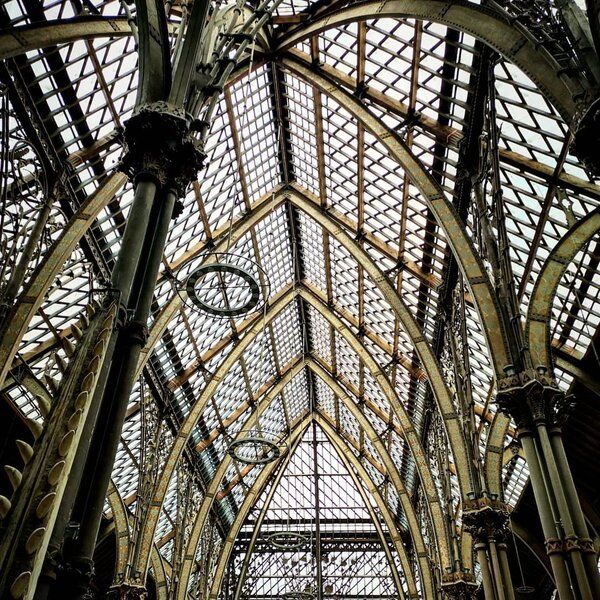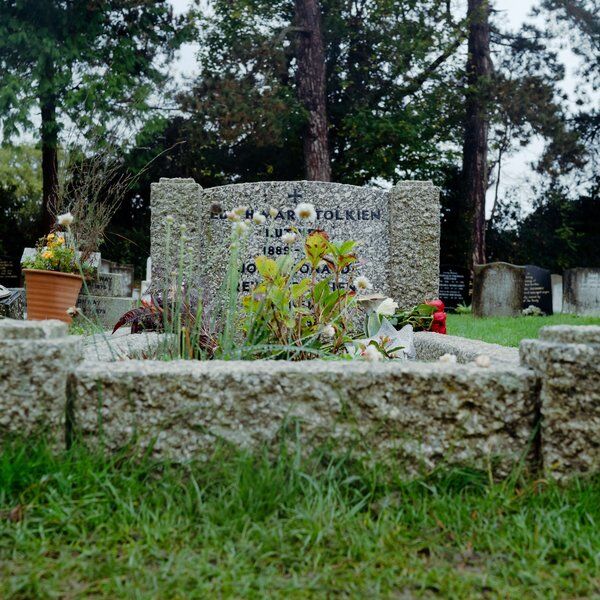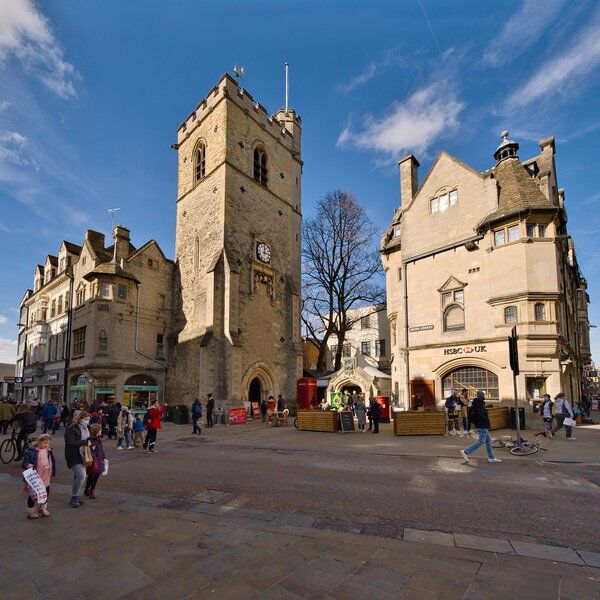Nestled in the historic county of Oxfordshire, just 9 miles (14 kilometres) from the city of Oxford lies Devil’s Quoits, a Neolithic henge and stone circle that dates back at least 4,000 years.
What is truly remarkable about it, however, is that the site was pretty much abandoned from the Roman period (61 AD) until the mid 20th century. Archaeologists painstakingly researched and reconstructed the henge known as Devil’s Quoits and it now stands as it would have looked to passing Romans.
Devil’s Quoits remains a hidden gem in Oxford despite its importance as a Bronze Age site. In 2020, Devil’s Quoits made a cameo appearance in Assassin’s Creed Valhalla, a video game set in Britain during the years 872-878 AD, prompting a resurgence of interest in the Neolithic site.
History of Devil’s Quoits
The story of Devil’s Quoits begins on the cusp of the Bronze Age, between 4,000 and 5,000 years ago. Despite modern technology and the great efforts of archaeologists to find out more, little is known about the origins of Devil’s Quoits or what its significance was to Ancient Britons - but there are hidden clues as to what it might have been.
Devil’s Quoits originally consisted of 36 standing stones arranged in a circle, surrounded by a deep circular ditch. When it was constructed towards the end of the Stone Age, the banks around the stone circle would have been twice as high and the ditch twice as deep.
Archaeological evidence shows that there were post holes in the centre of the circle, a tantalising hint that a wooden structure may once have stood there. What it was or what it was used for, we may never know.
Some archaeologists believe that Devil’s Quoits was used as a point of assembly; large quantities of animal bones were uncovered at the site - many of which, bizarrely, were found buried between the stones. Whether this was done deliberately as part of religious or sacrificial rites, or whether the carcasses were just remnants of local feasts, remains a mystery.

However, by the Middle Ages, most of the 36 stones at Devil’s Quoits had been removed, either because the villagers purged anything they believed to be a part of pagan worship or because they got in the way of agriculture.
Whatever the reason, only three of the stones remained by the late Victorian period. In the 1940s, Devil’s Quoits was used as a runway by the Royal Air Force during WWII and later became a gravel quarry during the 1970s.
By the time archaeologists showed a renewed interest in the site in the late 1970s and '80s, only one of the original stones remained intact above ground. From 2002 until 2008, Devil’s Quoits was painstakingly researched and reconstructed to how it would have looked during the early Roman period.
Devil’s Quoits in Oxfordshire Folklore
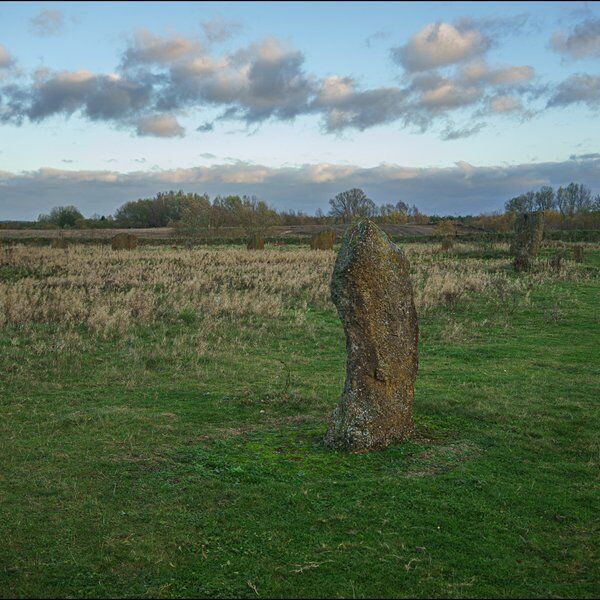
While its origins remain allusive, Devil’s Quoits has been part of the rich fabric of Oxfordshire folklore that encompasses everyone and everything from devilish games to lightning-struck ‘rustic lovers’.
The name Devil’s Quoits is itself derived from local folklore. The legend goes that the devil once played a game of Quoits there, either by himself or with a beggar in exchange for his soul. Either way, the devil lost or was chastised by God for playing games on a Sunday, and threw the stones down in anger. In the version involving the beggar, he either went to hell or was rescued by angels, depending on which version of the legend you hear.
Stanton Harcourt and The Lightning-Struck Lovers
Devil’s Quoits lies just south of the village Stanton Harcourt, first mentioned in the Domesday Book in 1086 where it’s noted that a manor was held by Odo, the Bishop of Bayeux. The name ‘Stanton’ roughly means “farmstead by the stones” - a hint that the Medieval villagers of Stanton Harcourt knew of the circular henge at Devil’s Quoits.
Stanton Harcourt has a population of around 1000 people and is a picturesque Oxfordshire village, complete with thatched-roof cottages and rolling fields.
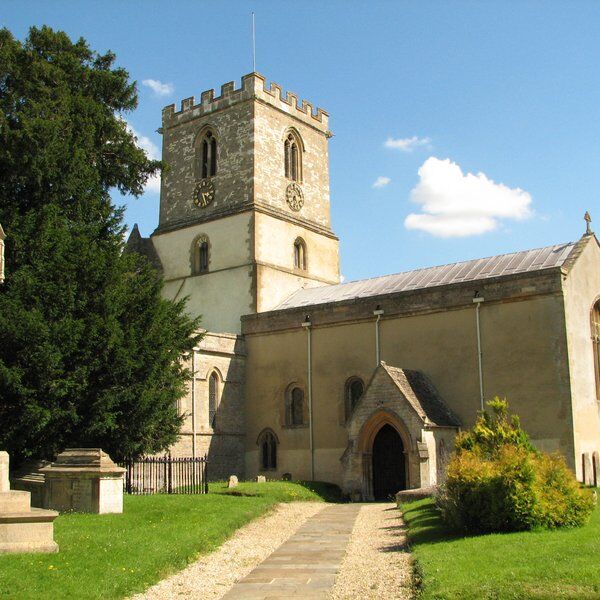
Aside from Devil’s Quoits, visitors to the village should make a stop at St Michael’s Church where a commemorative plaque reveals the Shakespeare-esque story of John Huwet and Sarah Drew, complete with a poem written by none other than Alexander Pope.
John and Sarah were Stanton Harcourt locals, agricultural workers and most-importantly, young lovers. The couple were in their early 20s and on the morning of the 31st of July, 1718, John received the permission of Sarah’s parents to marry their daughter. Their love story was cut short by a fierce bout of lightning which killed them both. Pope, who was living in Harcourt Manor, translating the fifth volume of Homer’s Iliad, was so moved by the story that he wrote a poem to commemorate the couple. The plaque remains attached to the church for visitors and locals to read.
Devil’s Quoits Assassin’s Creed Valhalla

In 2020, Ubisoft released the 12th major instalment in the popular Assassin's Creed video game series, Assassin’s Creed Valhalla. The game’s premise follows the unfolding story of early Viking expansions into the British Isles where players battle with the Saxon kingdoms of Wessex, Northumbria, Anglia and Mercia.
Oxfordshire was once part of Mercia, but in the game, Devil’s Quoits makes an appearance on the edge of the game’s map in the neighbouring kingdom or county of Glowecestrescire (Gloucestershire).
Players experience Devil’s Quoits as a Viking would have seen it by solving the ‘standing stones puzzle’. The inclusion of Devil’s Quoits in Assassin’s Creed Valhalla has led to a resurgence of interest in the ancient site, although some players may not know that it is a real historic site.
How to Visit Devil’s Quoits

Though an important historical site, Devil’s Quoits is very well hidden. Located just south of Stanton Harcourt, Devil’s Quoits is tucked just beyond a landfill and recycling centre and isn’t, as yet, signposted.
To visit Devil’s Quoits, follow the road past the landfill station until you reach a side-road car park where visitors follow a footpath that leads to the site.
Find More Hidden Gems in Oxford with CityDays
Devil’s Quoits is just a short drive from the historic city of Oxford. Packed with noteworthy nooks and hidden gems, Oxford offers its visitors a fantastic array of historical landmarks and fascinating facts.
Ready to discover what Oxford has to offer?
CityDays have two outdoor treasure hunts in Oxford to choose from: Scholars and Spires and Ancient Echoes. Both combine the fun of an escape room with the historic facts and whimsical trivia of a walking tour!
Both routes take you around Oxford on a curious journey that will take you into the city’s fascinating alleyways while learning more about Oxford’s turbulent history in a new and interactive way.
Take the stress out of planning your visit to Oxford and book your adventure today!
Not visiting Oxford this time? Don’t worry, you’ll find us all over the world.
